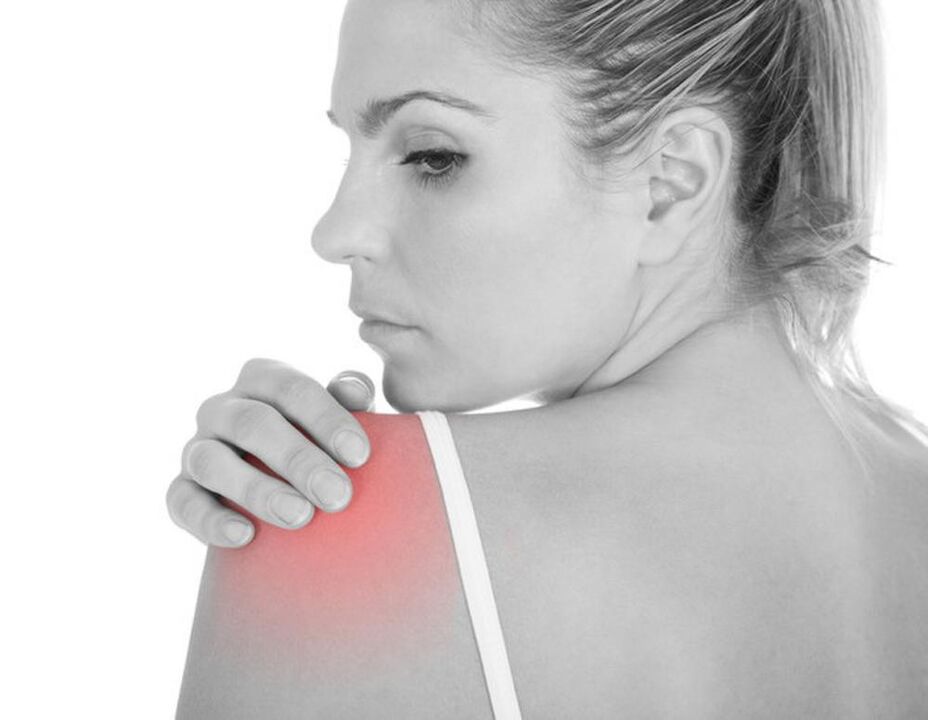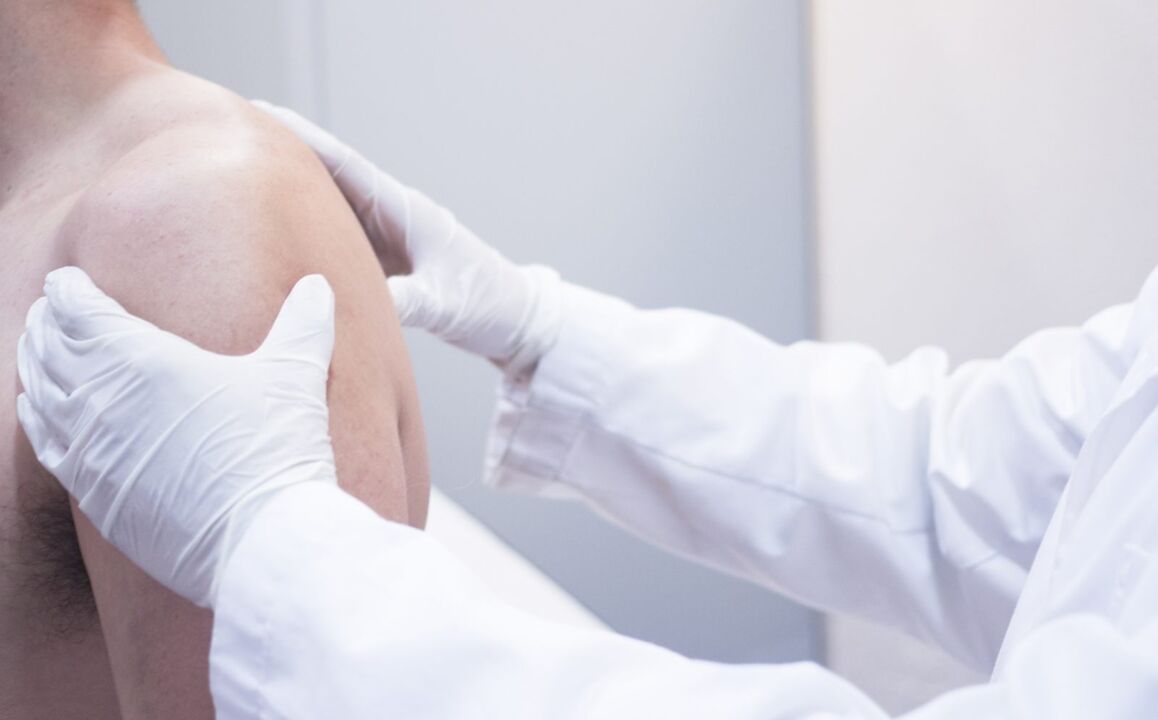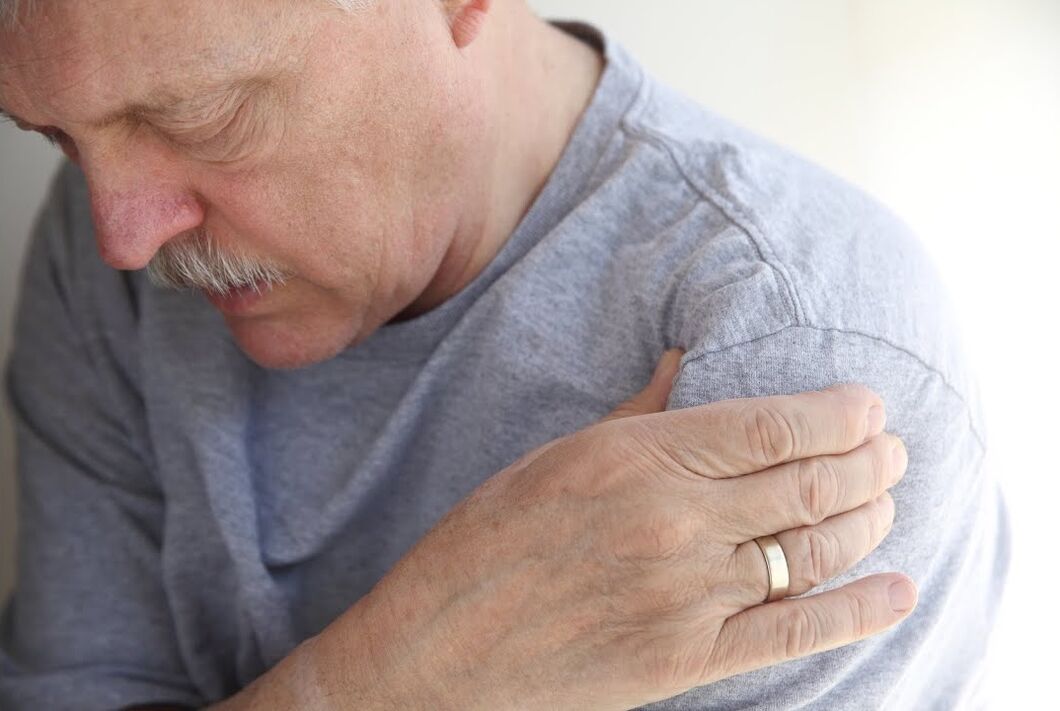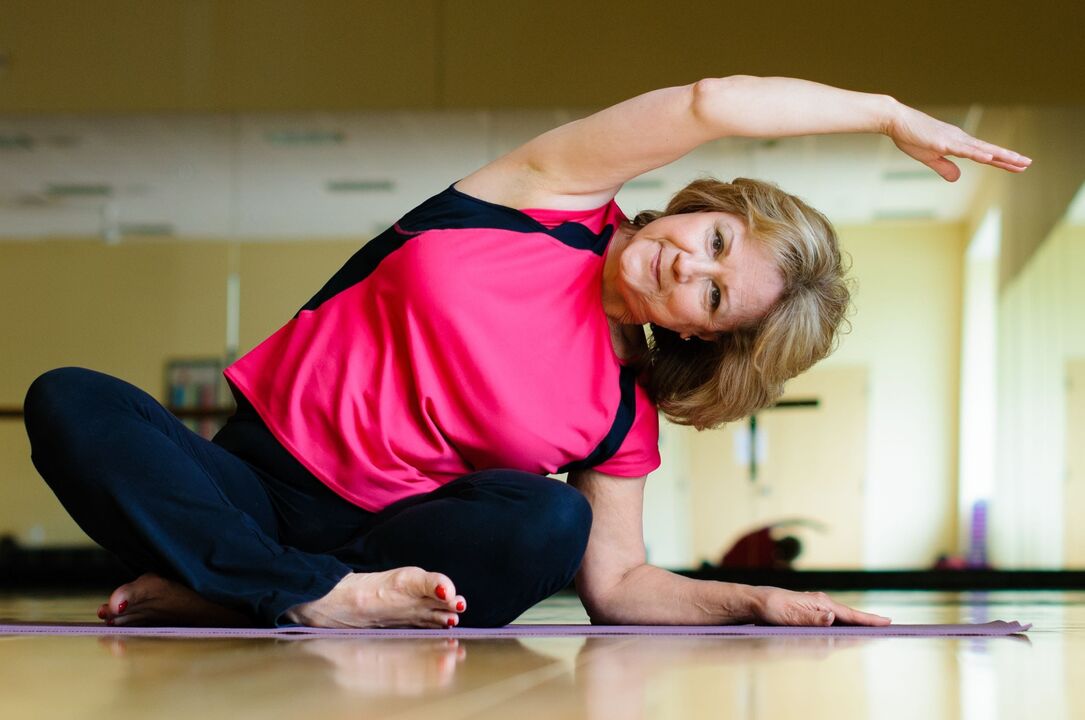
Problems of the shoulder joint are not as common as those of the hip or knee, but they do exist, and among them it is worth highlighting shoulder joint arthrosis, whose symptoms and treatment have their own characteristics. In most cases, these problems are dealt with by a rheumatologist. In general, arthrosis of the shoulder joint has its own specific symptoms and is characterized by degenerative processes not only in the cartilage itself. The capsule, ligament apparatus and joint bags, of which there are many, very often suffer.
As a result of everything that happens, the joint is deformed, the range of motion is limited. In addition to the fact that such a condition develops, arthrosis is accompanied by pain. The reasons for this condition can be very diverse, we will try to understand them in detail.
What does it all do?
The inflammatory process leads to the consequences of arthrosis of the shoulder joint. It develops due to various factors, with some the rheumatologist struggles, and some will need the help of a traumatologist.
The most common cause of osteoarthritis is a traumatic injury. This is observed in athletes as a result of microtrauma, during a common dislocation or after a fracture. Then the arthrosis is post-traumatic and requires its own approach to treatment.
With pathology of blood vessels, tissues experience a lack of oxygen, tissue dystrophy occurs. As a result, arthrosis of the right and left shoulder joints develops. Often this condition can be observed with excessive physical exertion.
Often the reasons lie in hormonal disorders or autoimmune cartilage damage. In the latter case, a rheumatologist deals with such arthrosis of the shoulder joint. Arthrosis occurs, for example, in psoriasis, gout.
It is reliable that the causes may be hidden in heredity, especially if the parents suffered from this disease. Also, arthrosis can develop in people with congenital defects of the shoulder joint.
Symptoms can also appear due to age, as the cartilage wears out. People over 50 are at risk.

Symptoms
Osteoarthritis of the shoulder joint develops over a long period of time, and the symptoms do not go away. In this regard, you must constantly monitor the condition of the shoulder joint and, if even mild symptoms appear, immediately consult a doctor.
Everything starts with pain, which first manifests itself as arthrosis. The joint hurts, especially in the morning or when the weather changes. When lifting weights, this symptom is also actively felt, often the shoulder area cannot even be touched. As the symptoms progress, arthrosis appears even at rest. In addition to joint pain, symptoms can be in the back, forearm or elbow.
The symptoms are complemented by the restriction of movement, and the main reasons for this lie in pain. The person cannot perform simple actions normally, for example, brushing or brushing their teeth.
A simulation scratch test allows you to find out the presence of arthrosis.
It is also difficult to get the hand back. If medicines and gymnastics are not prescribed on time, then contractures simply cannot be avoided.
Complements the symptoms of crunching, which can occur in any degree. It is caused by the growth of bone tissue, and in the early stages it is felt only by the person, and then it is heard even at a distance. Swelling joins not only the wrist, but also the shoulders, forearms, the skin may turn red. All this indicates the presence of an inflammatory process.

In the late stage of the disease, the problem becomes abduction of the arm to the side. This happens due to growths that cover the joint area abundantly. There is a certain specificity depending on the degree - at each stage, the disease can manifest itself in different ways.
Depending on the degree
In the first stage of the disease, the pain bothers only in the morning and in the evening. It may take some time for a person to get rid of the "stiffness". A sharp movement is accompanied by a slight creaking, which is not the cause of pain.
At rest, with this degree of pain, there is no pain in the same way that there are no changes on the X-ray film. Everything starts from the second stage, when the manifestations become more pronounced.
Symptoms in the second stage are supplemented by more pronounced grinding and pain. It is no longer possible to move the arm completely, however, the mobility of the joint is preserved. At this stage, the destruction and deformation of the cartilage occurs, there are characteristic manifestations on the X-ray.
At the third stage, the process can be considered ongoing, and drug treatment already has minimal success. In this case, only light rocking movements are possible, and sharp pain becomes a constant companion. The joint area becomes very inflamed, deformity joins, pain in the area of the shoulder and forearm. This is how post-traumatic arthrosis is most often manifested, which can be in the area of the right or left shoulder joint.

If you do not perform specific exercises, the muscles will atrophy. Only surgical treatment can help in this case. However, this stage rarely occurs, only in case of constant overloads.
In the case of the fourth degree, we should not talk about the joint, as such, because it simply does not exist. Post-traumatic arthrosis leads to this condition, especially if the injury is severe. Medicines, even strong ones, are not able to fight the pain. You can meet this stage in elderly and senile people. The pain often radiates to the forearm and only adequate treatment can help.
Treatment
There are special medicines that can stop the disease. The main thing is to prescribe treatment with them as soon as possible, even if the arthrosis is post-traumatic.
Medicines
In the first place are non-steroidal anti-inflammatory drugs. There are many of them, and only a doctor can choose the right one. In addition to reducing pain, the inflammatory process is also eliminated. Treatment with these drugs is carried out in courses, otherwise the effect on cartilage can be negative.
Also, drugs have a negative effect on the stomach lining. They are given with caution to those who have problems with this body. Long-term use can lead to ulcers.

Local treatment
With a strong inflammatory process, hormone-based drugs are injected into the joint. Medicines have a local anti-inflammatory effect, however, this is not safe for the joint itself, as it destroys the cartilage. The local use of ointments, which also effectively relieve pain, is justified.
The scheme is supplemented with drugs called chondroprotectors. It will take a long time to treat the disease with these drugs, but they contribute to the restoration of cartilage tissue and the normal function of the joint. The composition includes glucosamine, chondroitin sulfate and hyaluronic acid. The effect continues for a long time, even after stopping the medication.
Physiotherapy and gymnastics
There are many techniques that practically do not use drugs, but allow you to get excellent results. In this disease, treatment is carried out with the help of:
- magnetotherapy;
- therapeutic baths;
- laser;
- ultrasound;
- dirt.
In parallel, special exercises are performed to increase the range of motion in the joint. Gymnastics has many techniques that are prescribed depending on the degree and stage of the disease.

It is best to perform the exercises under the supervision of an experienced doctor, who will choose the optimal ones.
Operation
When gymnastics and drug treatment do not help, it is necessary to do surgery. A shoulder joint replacement can solve the problem. They completely replace everything old and worn out, the prosthesis itself is made of metal or ceramic. The lifespan of such an implant is approximately 15 to 25 years.
Treating this disease is very difficult and not always possible. Success has only an integrated approach, in which the treatment consists of drugs supplemented by gymnastics or special exercises, physiotherapy. He is particularly worried about the disease of the right shoulder, because it is the hand that works.
It is better to treat the disease at an early stage and not take it to extremes. If arthrosis is treated in the first stage, many negative consequences can be avoided. But independent treatment of this disease is not recommended.
































